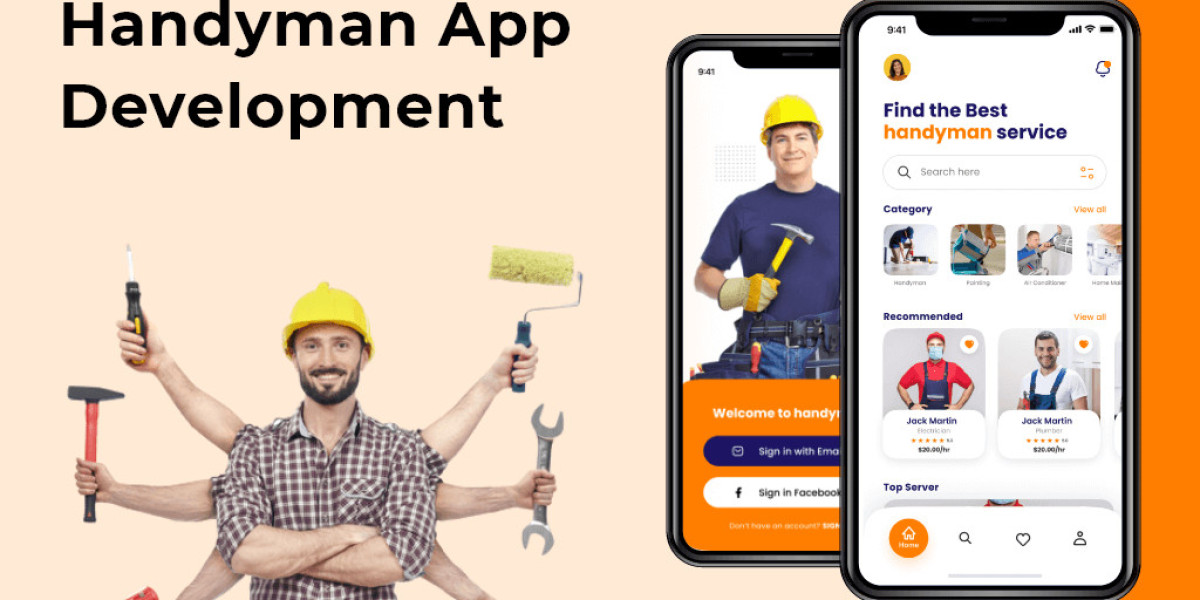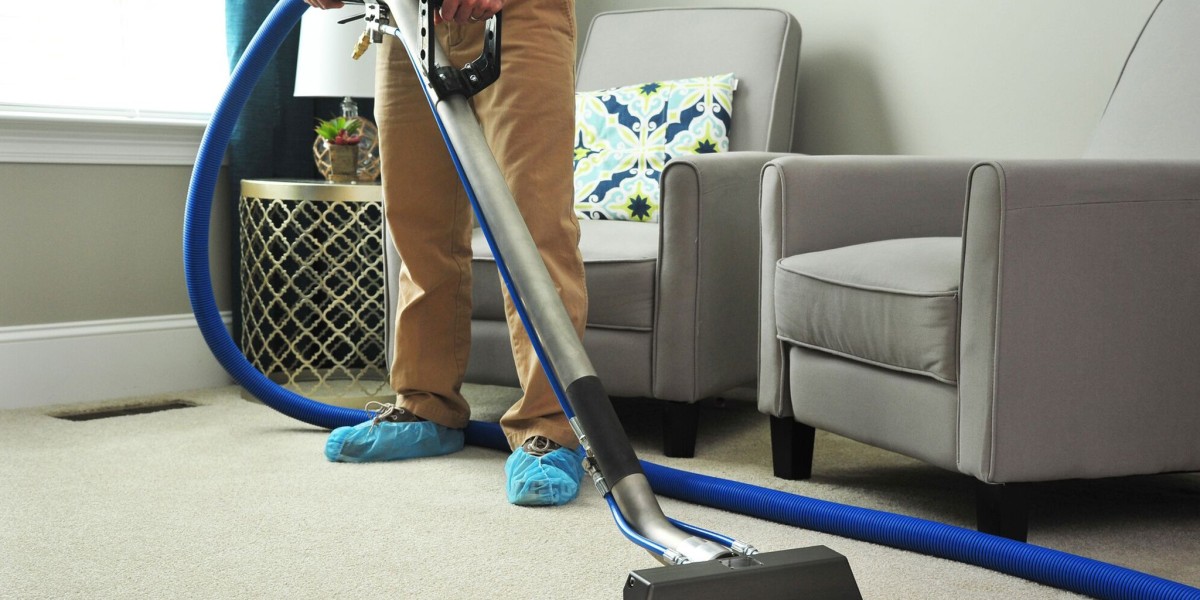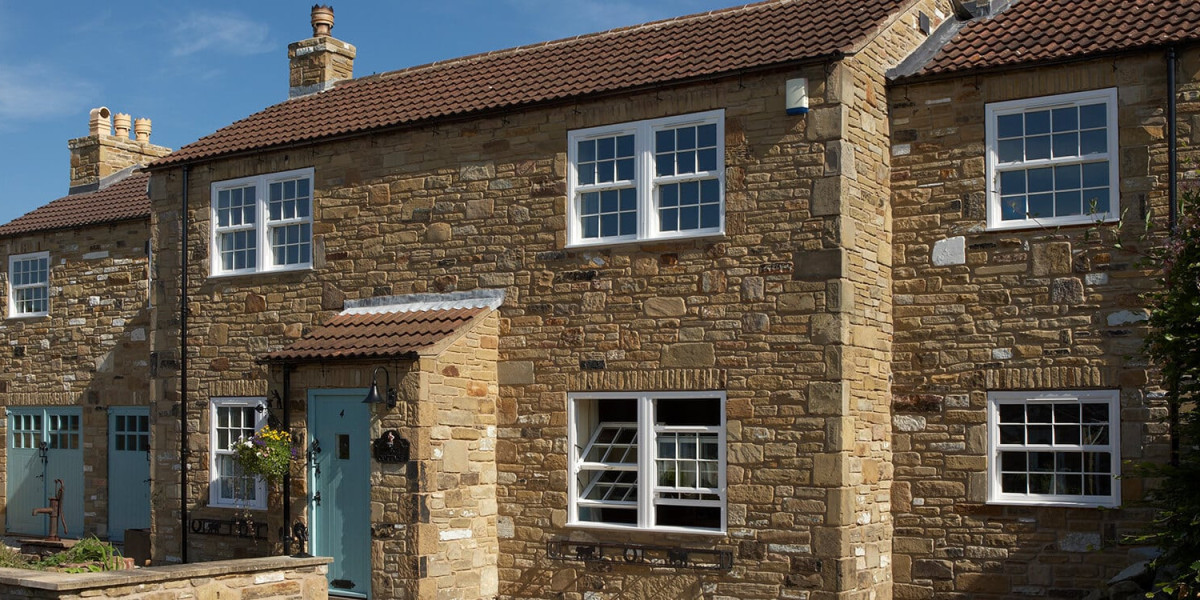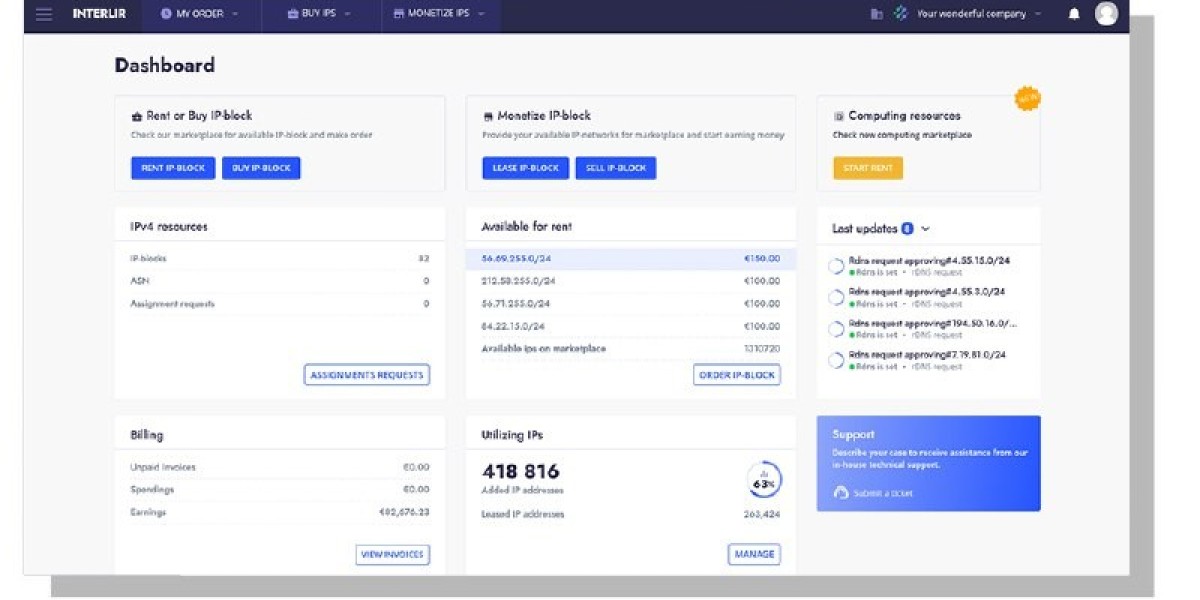In today’s fast-paced digital economy, handyman apps like TaskRabbit, Thumbtack, and Handy are redefining how people find skilled professionals for home repairs and maintenance. With the rising demand for convenience-based services, entrepreneurs and local businesses are investing in on-demand handyman app development. However, one of the most common questions before starting such a project is: How much does handyman app development really cost in 2025?
This guide provides a detailed cost breakdown, explaining each factor that influences pricing, from app features to technology choices, helping you make an informed investment.
Understanding the Basics of Handyman App Development
A handyman app connects customers with service providers for home-related tasks such as plumbing, electrical work, carpentry, cleaning, or furniture assembly. A professional handyman app development company builds this platform with user-friendly interfaces, secure payment systems, and location-based search features.
The total cost of development depends on your business goals, app complexity, and the expertise of the development team.
Major Factors That Determine the Cost of a Handyman App
1. Type of App (Single or Marketplace Model)
Single Service Provider App: Ideal for individual businesses offering limited services.
Cost range: $10,000 – $25,000Marketplace Platform: Connects multiple service providers with users, offering multiple categories, profile verification, and review systems.
Cost range: $30,000 – $80,000+
The marketplace model is costlier but offers greater scalability and revenue potential.
2. App Platform (iOS, Android, or Cross-Platform)
Choosing between native and cross-platform development affects your overall budget.
iOS or Android (Native): Offers better performance and user experience but costs more.
Cross-Platform (Flutter, React Native): Saves up to 30% of development costs by using a single codebase for both platforms.
Estimated cost:
Native apps: $40,000 – $90,000
Cross-platform: $25,000 – $60,000
3. Core Features and Functionalities
The complexity of features directly impacts cost. Here’s a breakdown of essential features:
| Feature | Description | Approx. Cost Range |
|---|---|---|
| User Registration & Login | Email, phone, or social login | $2,000 – $4,000 |
| Service Listing & Search | Browsing and filtering services | $3,000 – $5,000 |
| Booking & Scheduling | Real-time appointment booking | $4,000 – $6,000 |
| In-App Payments | Secure payment integration | $3,000 – $7,000 |
| GPS Tracking | Location-based search and tracking | $4,000 – $6,000 |
| Chat Support | Communication between user and provider | $2,000 – $4,000 |
| Ratings & Reviews | Feedback and trust-building | $1,500 – $3,000 |
| Admin Dashboard | Service management & analytics | $5,000 – $10,000 |
Adding advanced functionalities like AI-driven recommendations, real-time analytics, or CRM integrations can raise the cost further.
4. Design and User Experience (UI/UX)
A clean, intuitive design improves user engagement and conversion rates. Custom designs typically cost more than template-based ones.
Estimated cost: $3,000 – $10,000
Investing in design is crucial because users often judge the app’s reliability by its look and feel.
5. Backend Infrastructure and Technology Stack
The backend is where all the operations, data, and logic are managed. Choosing scalable technologies like Node.js, AWS, Firebase, or MongoDB ensures your app can handle large traffic.
A reliable handyman app development company will suggest a technology stack that aligns with your budget and growth plans.
Estimated cost: $10,000 – $25,000
6. Third-Party Integrations
Integrations such as SMS APIs, payment gateways (Stripe, PayPal), or map services (Google Maps) add convenience but increase costs slightly.
Estimated cost: $2,000 – $5,000
7. Testing and Quality Assurance
Before launch, your app must undergo functional, usability, and security testing. QA ensures smooth performance and eliminates bugs.
Estimated cost: $3,000 – $8,000
8. Maintenance and Post-Launch Support
After launch, you’ll need continuous updates, bug fixes, and server maintenance. Typically, annual maintenance costs are around 15%–20% of the initial development cost.
For example, if your app costs $50,000 to build, expect to spend around $7,500 – $10,000 annually on maintenance.
Estimated Total Cost in 2025
| App Type | Approx. Development Cost (USD) |
|---|---|
| Basic Single Vendor App | $15,000 – $25,000 |
| Mid-Level App with Advanced Features | $30,000 – $60,000 |
| Marketplace Platform (Multi-Service) | $60,000 – $120,000+ |
The cost may vary based on location. Hiring a handyman app development company in India often provides cost-efficient solutions with high-quality results, offering global standards at competitive pricing.
Why Choose a Professional Handyman App Development Company
A professional development company brings technical expertise, scalability options, and user-centric design. They handle the entire process — from ideation and wireframing to deployment and support. Companies like Top App Solution (TAS) specialize in building high-performing on-demand service apps tailored for your business model, ensuring value for every dollar spent.
FAQs
How long does it take to develop a handyman app?
Development time usually ranges from 3 to 6 months, depending on the features and complexity of the project.
Can I start with an MVP version to save cost?
Yes. Launching a Minimum Viable Product (MVP) allows you to test your idea in the market with essential features, costing around $15,000 – $25,000.
What is the best way to monetize a handyman app?
You can generate revenue through service commissions, subscription plans, advertisements, and featured listings.
How do I reduce development costs without compromising quality?
Partner with an experienced handyman app development company that offers full-cycle development and cost-efficient solutions using cross-platform frameworks.
Is it necessary to invest in app maintenance?
Yes. Regular maintenance ensures security updates, bug fixes, and feature improvements, which help retain users and sustain app performance.
Conclusion
Building a handyman app in 2025 is not just a trend but a strong business opportunity in the growing on-demand service market. The total cost depends on your app’s scale, features, and chosen development partner. Whether you’re an entrepreneur or a local business aiming to digitize your services, investing wisely in a trusted handyman app development company can ensure long-term success.
By understanding each cost factor clearly, you can plan your budget effectively and develop a robust platform that connects skilled professionals with customers in a seamless and profitable way.







